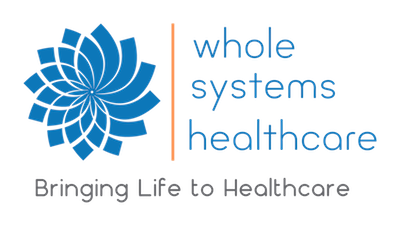This is the fourth article in an ongoing series on inflammation. Part 1 is a brief introduction to inflammation; part 2 is a first look at acute inflammation from a biomedical perspective; and part 3 is an exploration of acute inflammation from a Chinese Medicine perspective, examining the concept of Defensive Qi. In this article we will look at concepts surrounding the biomedical phenomenon of chronic inflammation.
In contrast to acute inflammation, when inflammation never resolves, it becomes chronic. By definition the more active phase of the inflammatory response continues, though often without the same level of intensity as in acute situations. Chronic inflammation is still not well-understood despite years of research and increasing insight into the molecular and cellular mechanisms involved. We do know that it is a complex process involving multiple cell types and many different immune and signaling factors.
There are a number of signs and symptoms of chronic inflammation. Symptoms are often non-specific, which makes sense given chronic inflammation is typically a systemic issue. Common symptoms include:
- Body pain
- Constant fatigue and insomnia
- Depression, anxiety and mood disorders
- Gastrointestinal complications like constipation, diarrhea, and acid reflux
- Weight gain
- Frequent infections
Labratory tests include:
- High-sensitivity C-reactive protein (hsCRP)
- Fibrinogen
- Tumor necrosis factor alpha (TNF-alpha)
- Cytokines including interleukin-1beta (IL-1beta), IL-6, and IL-8
Many, if not most, chronic diseases are now being linked to low-grade inflammation. Any disease that ends in ‘itis is an inflammatory disease by definition, as the suffix ‘itis means inflammation. This encompasses diseases like chronic sinusitis, ulcerative colitis, gastritis, cystitis; other diseases include inflammatory bowel disease, all forms of autoimmune disease, asthma, etc. Inflammation has also been implicated in cancer, cardiovascular disease, neurological diseases, metabolic diseases like diabetes, and more. Therefore, understanding this process is critical for returning the body to a healthy state.
Oxidative Stress
Oxidative stress is an important partner in the development of chronic inflammation. They almost always go together, and each one can induce the other in a mutually sustaining feedback loop. If oxidative stress starts to increase, inflammation will go up as well; if inflammation continues past its acute phase and starts to become chronic, oxidative stress will naturally increase with it.
Oxidative stress is defined as a state where oxidation is greater than the antioxidant processes that are occurring in the body. Balance has been lost between oxidation and reduction. The body is constantly producing free-radicals from normal metabolic processes, as well as through the actions of the immune system when producing inflammation to fight infections. These molecules are highly reactive and will attempt to “steal” electrons from other molecules around them. If they are successful they can damage important cellular components, including proteins, membrane lipids, cholesterol, and others. This damage is oxidative stress.
It seems obvious that chronic inflammation and oxidative stress go together. When oxidative stress increases free-radical damage will create conditions that activate the immune system to come in and clean up the “mess.” This sets up the environment for chronic inflammation. When inflammation does not subside the constant influx of white blood cells and inflammatory messengers increases the free-radical load in the area. This taxes the body’s antioxidant capacity and leads to increased oxidative stress.
Triggers
There are a number of things that can trigger or increase the likelihood of moving into a chronic inflammatory state, and they fall into varying categories. Triggers for increased oxidation also belong in this list:
- Diet: fast food, highly processed foods, high amounts of sugar, foods containing trans fats, artificial sweeteners such as aspartame, toxins such as pesticides, heavy metals, artificial food dyes, and more.
- Medications: steroids, non-steroidal antiinflammatory drugs (NSAIDs), antibiotics, antacids.
- Infection, especially chronic infections such as herpes or lyme.
- Stress: high cortisol and adrenaline.
- Trauma
Though all of these deserve additional explanations, the contribution of childhood trauma to chronic disease is especially important. Studies have linked Childhood Adverse Experiences (ACE) to multiple chronic diseases, including heart disease, diabetes, and certain cancers. Trauma predisposes a person to the experience of chronic stress, thereby lowering immunity and increasing the risk of infection. Beliefs and maladaptive coping mechanisms stemming from trauma can lead to poor lifestyle choices. Trauma and pain often go together, leading to use of pain medication; due to higher risk of chronic disease other medications are also more common. Thus trauma becomes involved with all the above triggers, making it the most important issue when it is present.
Before moving into some of the ways to ameliorate chronic inflammation it will be highly instructive to examine the Chinese Medicine perspective, the topic of part 5.



